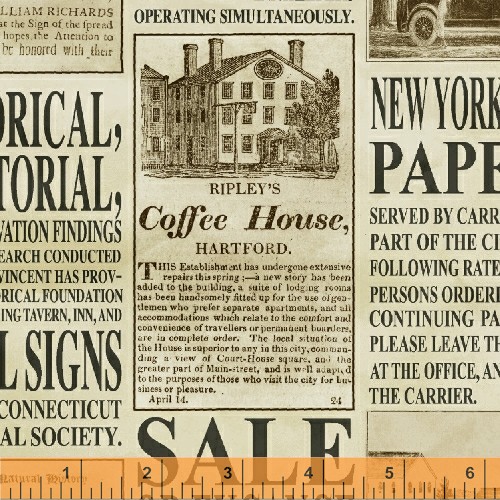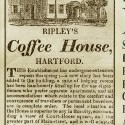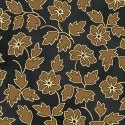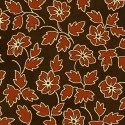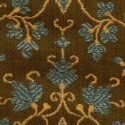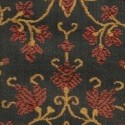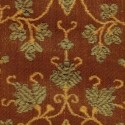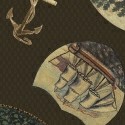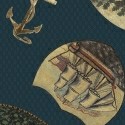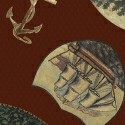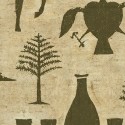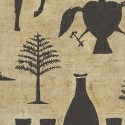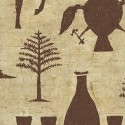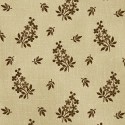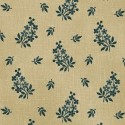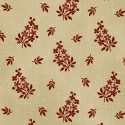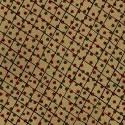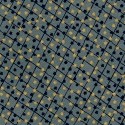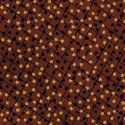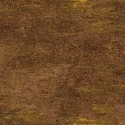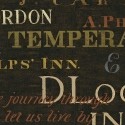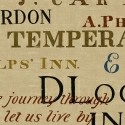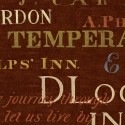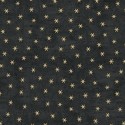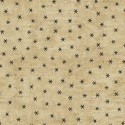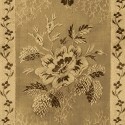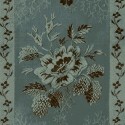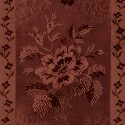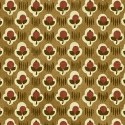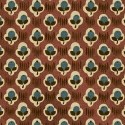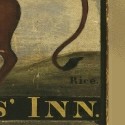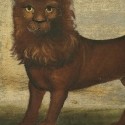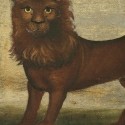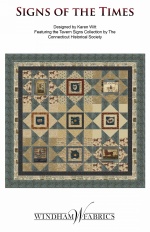Tavern Signs
In Association with the Connecticut Historical Society
Long before neon lights or billboards, painted tavern signs were the primary form of outdoor advertising. And before interstate highways, these signs marked Americans’ travels along dusty or muddy roads by horse, private carriage, or stagecoach. In the 18th and 19th centuries, taverns and inns provided essential services, ones so important that colonial laws in Connecticut required every town to have an inn or tavern identified by “some suitable Signe.” These establishments were places for travelers to find food and lodging for themselves and their horses and for locals to meet, drink, and share news.
Between 1750 and 1850, there were more than 50,000 inn and tavern signsproduced by American painters, creating a distinct visual language and offeringa glimpse into tavern life, travel, and patriotic ideals in early America. Only a fraction of these signs survive. The Connecticut HistoricalSociety’s collection—numbering more than 60 signs—is by far the largestand most spectacular in the country. Bold eagles, exotic lions, prancinghorses, cheerful travelers, patriotic heroes, Masonic symbols, and beautifullettering adorn these signs, along with dozens of other images, each unique.
Windham Fabrics in association with the Connecticut Historical Society isproud to bring to life this glimpse into America’s past. Our fabriccollection commemorates the road traveled by those pioneers who made Americagreat. Founded in 1825, the Connecticut Historical Society inspires andfosters a life-long interest in history by helping people today connect with thepast though its remarkable collections of artifacts, graphics, manuscripts, andprinted materials. You can discover more about the Connecticut HistoricalSociety at www.chs.org
Cotton
Free Projects
